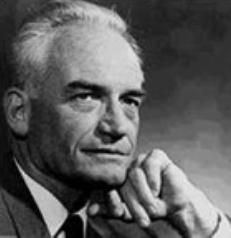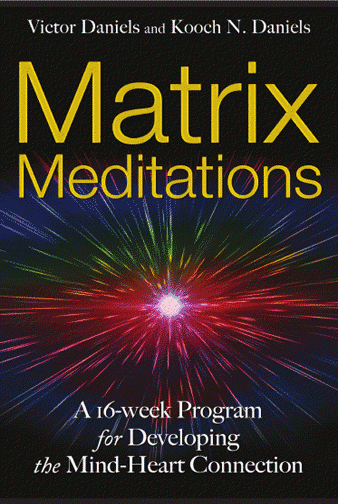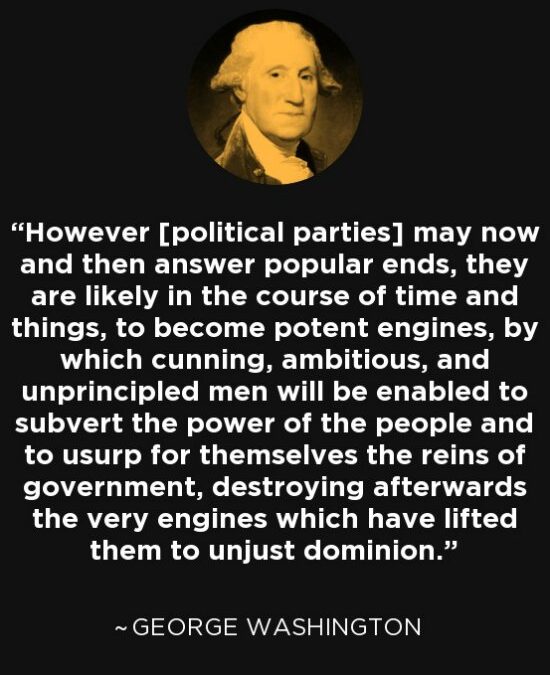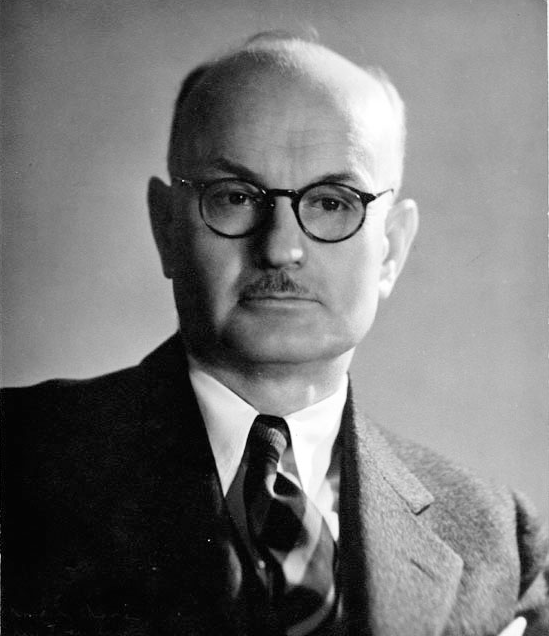JESUS CHRIST — LESSONS FOR LIVING
Jesus Christ offered crucial lessons for living that receive far too little attention by many who identify themselves as Christians today. Biblical scholar Burton Mack, in Who Wrote the New Testament, identifies two very different threads in early Christianity. He calls them the Cult of Christ. and the Jesus Movement. The Cult of Christ is what has developed into conventional Christianity. Its central architect and spokesman was St. Paul. Its ideology is based on the story of the resurrection after Jesus’ death, divine intervention in human history as a salvation event, and the principle that since “Jesus died for our sins,” we can slide along with less attention to our own sinful ways than we ought to give them. (I define “sin” as acting in ways that cause some kind of harm to ourselves and/or others.) Aside from such miracles as the alleged virgin birth and the resurrection, this theme ignores a great man items that most unbiased Biblical scholars say are almost surely the real words and deeds of Jesus. The other main thread in Christianity, the Jesus Movement, centers on Jesus as a teacher and on his teachings, as reflected in documents of sayings.
If we enlarge our view to take in the culture and events of the time in which Jesus lived, and what we know of what happened after he died and in the two millennia between then and now, we find that there are not just two stories about his life, his teachings, and what became of them, but several. Here I mention only two. Searching online will quickly turn up others.
Below you will find my own compilation, from decades of reading and reflection, of Jesus central psychological teachings. Here is my disclaimer: I am a retired professor of psychology, with no training for the ministry. I hope that you may find this brief statement useful whatever your religious orientation may be. I deal with the work of Jesus from the perspective in which I am educated and competent, and leave the specifically theological aspects of his ministry to others. Here you will find what I consider to be the central practical teachings to be found in his words and deeds, together with the scriptural references for them. In a few cases I have made a bit of a conceptual leap from one of Jesus’ teaching stories to what appears to me to be the general principle that underlies it.
All references are from the four canonical gospels that received the stamp of approval of the early Catholic church, Matthew, Mark, Luke, and John, cited as Mt., Mk., Lk., and Jn. In some cases I have included items that are not obviously directly relevant to the point at hand but that add some additional perspective on it. The compilation below does not draw on the Gospel of Thomas or other Gnostic gospels, even though they apparently escaped the censorship of the Church and may convey some perspectives more accurately than the Big Four gospels. Of course this list reflects my own appraisal of what is most important in the teachings of Jesus. Someone else might make a different list, or disagree with some of my phrasings. This is how I see it. And of course much is lost in stating just the principles without the stories from which they are abstracted, Nonetheless, I think there is some value in this summary.
THE THIRTY CENTRAL TEACHINGS
1. The Divine Spirit exists somewhere, however deeply buried, within each person. At lest one meaning of the “Kingdom of God” or “Kingdom of Heaven” is a spiritual state of thinking, feeling, and being that you can create within yourself and in your relationships during your lifetime here on earth. You have the choice of nurturing and encouraging this outlook, or of ignoring it. (Mt 18, 23-25; Jn 10, 13-34; Lk 17, 20-21)
2. Find peace within your mind and heart, and in your relations with others. (Mt 5, 3-12; Mt 5, 38-46; Lk 6, 26-36; Mt 12, 25-7; Jn 14, 27)
3. Act with love and kindness toward everyone. Be kind and generous toward all–even strangers, enemies, and those who cannot repay you. (Mt 5, 38-46; Mt 25, 34-46; Lk 6, 26-36; Lk 10, 25-37)
4. Do not judge others, and work diligently on letting go of your judgmental tendencies. (Mt 18, 23-25; Lk 6, 37-8; LK 10, 16; Lk 17, 4; Jn 8, 3-10)
5. Work diligently to give up self-righteousness, which blinds you to what you do and what is truly going on within you. (Mt 38-46; Lk 6, 29-30; Jn 8, 3-10))
6. Be a healer to yourself and others in whatever ways you can. (Lk 10, 25-37 and many healing stories)
7. Seek to know yourself. This includes becoming aware of your own self-deceptions and defenses. And do all you can to discover the divine spirit within you. ( Mt 12, 7-8; Mt 12, 36-7; Lk 6, 41-2; Lk 11, 33-6)
8. You are fully responsible for the effects of your words and actions on you and on others. When you disown such responsibility by claiming that “God told me to do it” when you act in harmful ways, you are lying to yourself.(Mk 4, 34)
9. It is what comes out of us (what we say and do), not what goes into us, (what others call us, what we eat, etc.) that degrades us. (Mk 7, 14-23)
10. To live in a joyful, illuminated, and illuminating way requires reducing the number and intensity of your self-centered concerns. In other words, working to become less egocentric, egotistical, and narcissistic. (Mk 14, 3-9)
11. What truly counts is what you do now, and tomorrow. What you did in the past is less important. (Lk 16, 10-12; Mk 2, 15-17; Lk 19, 1-10; Mt 21, 28-32)
12. Principles have value only if you act on them. A transformation of the heart and mind is a good beginning. Next we need to express it in our words and actions (Lk 16, 10-12; Mt 12, 36-7)
13. In giving we receive. Helping others helps you. (Mt 4, 34; Mt 18, 23-35; LK 10-16)
14. Avoid violence, and do not cling to anger or a desire for revenge. Do your best to let go of negativity. (Mt 5, 38-46; Lk 6, 26-36; Jn 7 )
15. Even those who have acted worst can repent, and act differently. (Just saying that you repent is of very little use unless you stop acting in injurious ways.) (Mt 12, 36-37; Mt 21, 28-32; Lk 9, 23-26; Lk 11, 33-36; Lk 16, 10-12; Mk 2, 16-17; Lk 19, 1-10; Lk 7, 37-47)
16. Forgive others when thy wrong you or otherwise act badly to the fullest extent that you can bring yourself to do. (Mt 12, 25-7; Mt 5, 38-46; Lk 6-37; Jn 7-53)
17. In conflicts, whenever possible, reach an accommodation with your opponent rather than going to court about it. (Mt. 5, 21-24; Lk 12, 59)
18. A gentle spirit is the state of mind we ought to seek. “Blessed are the merciful . . . and the peacemakers.” (Mt 5, 3-10; Jn 7-53)
19. Wealth tends to interfere with living a spiritual life. Wealth and power are worse than useless when you deaden your soul and & dull your sensitivities to gain them. (Mt 4, 14; Mt 12, 12-13; Mk 11, 11-15; Lk 9, 23-6; Lk 18, 18-26)
20. Let go of your anxieties about material security and wealth. Do your very best today, and tomorrow will take care of itself. (Mt 6, 28-34; Mt 10, 8-14; Lk 12, 13-33)
21. Service to others without personal benefit is a path to gaining people’s real respect, and even to becoming a great soul. (Mt 10, 42-44; Lk 10, 25-37)
22. Be most generous to those who are in greatest need. (Mt 8, 23-25; Mt 14, 3-9; Mt 12, 41-44; Mt 20, 1-14)
23. Your actions speak for themselves. Do not boast about or show off what you have done. (Mt 6, 1-5, 16)
24. Avoid seeking honors and others’ admiration. (Lk 14, 2-11)
25. Avoid all hypocrisy, in which you pretend to be virtuous and selfless but are really looking for other people’s adulation. (Mt 6, 1-5, 16; Mt 23, 1-7, 23-35; Lk 11, 44-52; Lk 20, 45-7; Jn 7-53)
26. Humility is one of the most important virtues. Do not imagine that you are better than anyone else, whatever your station in life and their station in life may be. (Mt 18, 2-7; Lk 14, 2-11)
27. Spiritual knowledge emerges from an inward search, not from rules and laws. (Mt 23, 1-7 & 23-35; Mk 2, 23-27; Lk 11, 44-32)
28. If the spirit and the letter of the law conflict, observe the spirit. Laws are made for people, not people for the law. (Mk 2, 23-27; Lk 13, 15-16)
29. Honest people avoid secrecy and are transparent in their actions, while the dishonest try to hide and conceal what they do. (Jn 3, 20-21; Lk 6, 41-2; Lk 11, 33-6)
30. Most people often cover their ears because they don’t want to hear and close their eyes because they don’t want to see. Teaching through parables can bypass their ways of distracting themselves and avoiding truths they do not wish to see or hear, and makes it easier for them to understand. (Mt 13, 10-15; Lk 10, 25-37))
“Keep me and my teachings in your mind and heart,” Jesus reminded those who heard him. “Peace is my parting gift to you. Set your troubled hearts at rest, and banish your fears.” Jn 14, 20-27)
* * *
Now my own brief comment. It appears to me that anyone who follows these thirty teachings is living a genuinely Christian life. By contrast, someone who is baptized fifteen times or says a thousand “Hail Marys” or goes all over town telling everyone “Jesus saved me and will save you” but who ignores a good share of these teachings is not. What you believe about Jesus–whether we call him the “son of God” in a literal or semi-literal way or simply one of history’s most enlightened spiritual teachers—counts does not count for nearly as much as whether we act in the ways that he advised us to.
Victor Daniels
6-27-14










